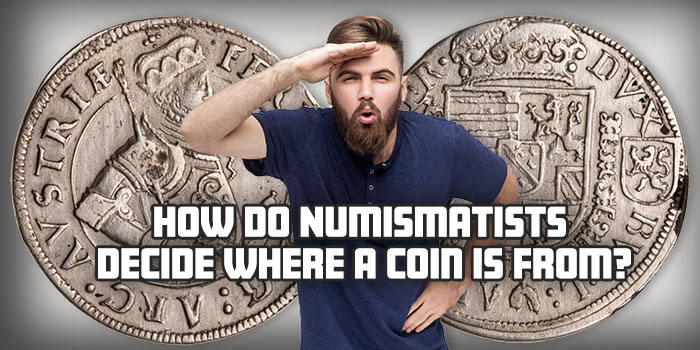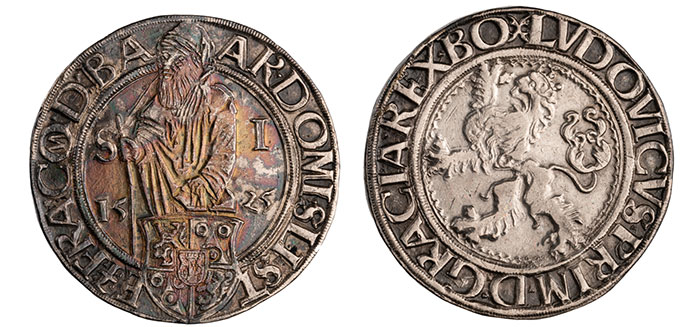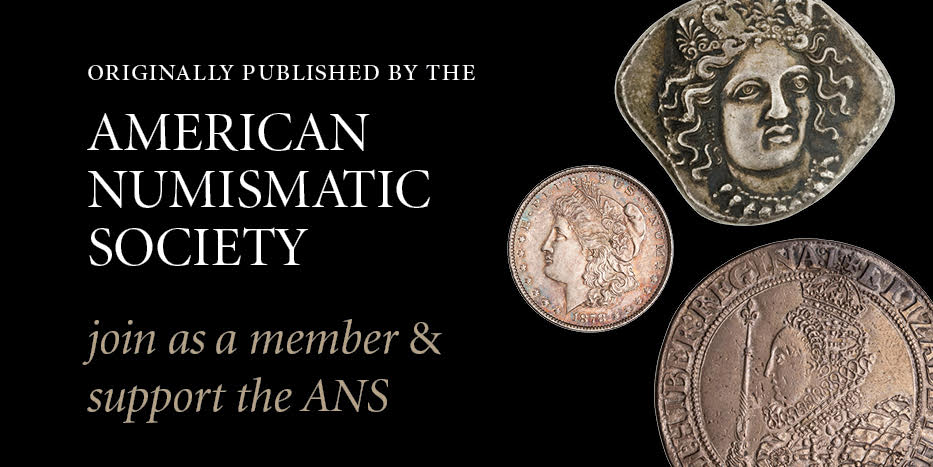
By David Yoon for American Numismatic Society (ANS) ……
There are many ways to describe where a coin is from. One by reference to the place of minting (e.g., Kese). If this is known, it offers a specific, relatively unambiguous location that allows a dot to be placed on a map without too much thought. This option is often favored in ancient numismatics.
Another way is to refer to the political entity by whose authority the coin was produced (e.g., the French Territory of Afars and Issas). This tends to be the favored way of describing modern coinages. It is more easily known than the place of minting, and often it is more specific in a modern context, but not always unambiguous.
However, both of these methods sometimes result in highly specific references to historical geography that can be obscure to the nonspecialist. Thus, a third way of referring to places is very often combined with either of the first two, which is to use terms that group specific locations into wider regional terms (e.g., Hispania Citerior or East Africa). Unlike the first two kinds of locational references, which are relatively objective if sometimes debatable or uncertain, these regional groupings are purely subjective. In ancient numismatics, the subjectivity tends to be shared among researchers due to the cultural homogeneity of the field–so much so that the subjectivity is sometimes forgotten. But for later time periods, there are many different traditions of thinking about numismatic geography.
Consider, for example, a coin minted at Ensisheim for the Landgraviate of Upper Alsace, in the name of Ferdinand II, Archduke of Further Austria.

The minting location (Ensisheim) and the political entity (Landgraviate of Upper Alsace) are both clear enough. But for larger groupings, some scholars would call it a French local coin, others would call it a coin of the pre-Unification German states, and yet others would call it an Austrian coin. Upper Alsace, including the town of Ensisheim, is presently within France, but in the 1500s it was considered part of Germany, and it was ruled by a branch of the Habsburg family that considered it to be a distant part of their Austrian-centered domains (i.e., Further Austria).
So all of these larger groupings are true descriptions, but different intellectual traditions emphasize one choice over others within the universe of possibilities.
Historical inertia can have the same effect as cultural differences. At the American Numismatic Society (ANS), some of the arrangement of the collection goes back to the period from 1913 to 1919, when Howland Wood devised a system of storing the coins in steel cabinets. At that time, mostly before the Treaty of Versailles, Wood thought of Austria-Hungary as a coherent region of Europe, and the various territories of then-Austria were all stored together. And when the ANS collection was originally entered into a database in the 1980s, this Austria block was mostly catalogued as belonging to the general region of Austria.
The effects of this can be seen in another coin, minted at Jáchymov (formerly Sankt Joachimsthal) for the Count of Schlick.

Again, the minting location and the political authority are unambiguous, but there are many ways to group them regionally.
One could refer to Bohemia since the lands of the Counts of Schlick were within the Kingdom of Bohemia. The modern country is the Czech Republic, which would be another way to describe it. And from 1526 to 1918, Bohemia was ruled by the Habsburgs, and it was considered a part of Austria from 1804 to 1918. Although Bohemia was not yet part of the Habsburg lands in 1525, this coin was described as Austrian in the ANS database, simply because the arrangement of the collection goes back in part to the time when Bohemia was in Austria.
Howland Wood’s subjective geography of the past was different from the mental maps most people use today, and French numismatists may have a different mental map of the past from German numismatists. We can safely assume that the subjective perception of geography will continue to evolve, as interests, priorities, and mental associations change, and therefore the terminology for geographic descriptions in numismatics will also continue to evolve.






அருமை